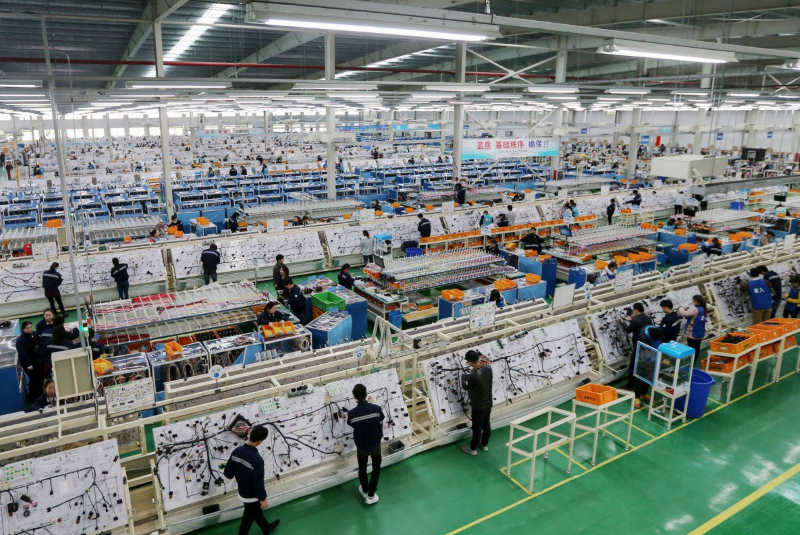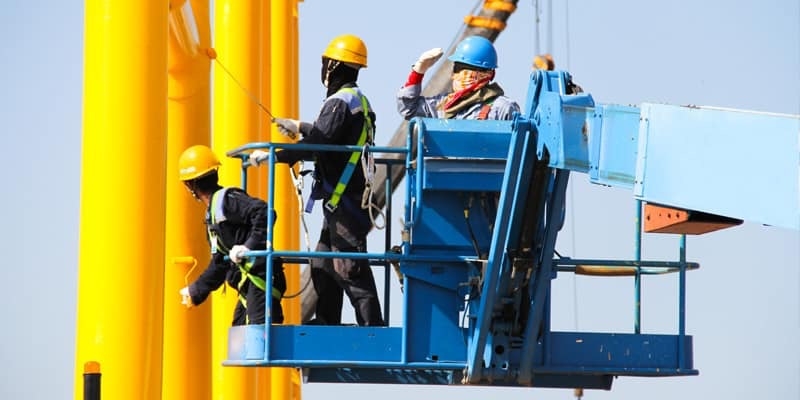The client and context:
We were engaged by a domestic manufacturing company that had been experiencing challenges with their asset management procedures. The client had a wide range of assets spread across several locations, including production machinery, vehicles, and IT equipment. However, they had been struggling to manage these assets effectively due to the absence of a comprehensive asset management system. Additionally, the client was looking to achieve ISO 55001:2014 certification to demonstrate their commitment to asset management best practices.


The challenges:
The client had been experiencing a range of challenges prior to engaging us. Firstly, there was a lack of clarity around ownership and accountability for assets, which meant that maintenance and repair tasks were not always carried out in a timely and efficient manner. Secondly, the client had been experiencing a high rate of asset failure, leading to increased downtime and production delays. Finally, there was a lack of visibility around asset usage and maintenance history, making it difficult to make informed decisions about asset utilization and replacement.
We also faced a number of challenges in delivering the service. Firstly, there was a need to gather detailed information on the client's existing asset management procedures and practices, which was complicated by the lack of a centralized system. Secondly, we needed to balance the need for process improvements with the potential risks associated with changing established procedures. Finally, we needed to work collaboratively with the client's staff to ensure that any recommendations were implemented effectively and with minimal disruption.

What we Did:
We began by conducting a detailed review of the client's existing asset management procedures and practices. This involved conducting interviews with key stakeholders, reviewing documentation and processes, and carrying out site visits to assess the condition of assets. We then developed a comprehensive asset management plan that addressed the client's specific challenges and aligned with ISO 55001:2014.
We worked closely with the client's staff to implement the recommended changes, providing training and support to ensure that staff were able to adapt to the new procedures. This involved developing new workflows and standard operating procedures, as well as implementing a centralized asset management system that provided visibility and tracking of asset usage and maintenance history.

What we achieved:
As a result of our engagement, the client was able to improve their asset management procedures and practices significantly. This included a reduction in asset failures, increased visibility of asset usage and maintenance history, and improved asset utilization rates. Additionally, the client was able to achieve ISO 55001:2014 certification, which demonstrated their commitment to asset management best practices and provided a competitive advantage in their industry.
We were also able to help the client mitigate the risks associated with changing established procedures by providing comprehensive risk management strategies and support throughout the implementation process. This ensured that any unintended consequences of the changes were identified and addressed promptly.
Overall, the engagement was successful in delivering tangible improvements to the client's asset management procedures and practices while ensuring that associated risks were managed effectively.
How can we help you?
Get in touch with us via Contact us form


How can we help you?
Get in touch with us via Contact us form






